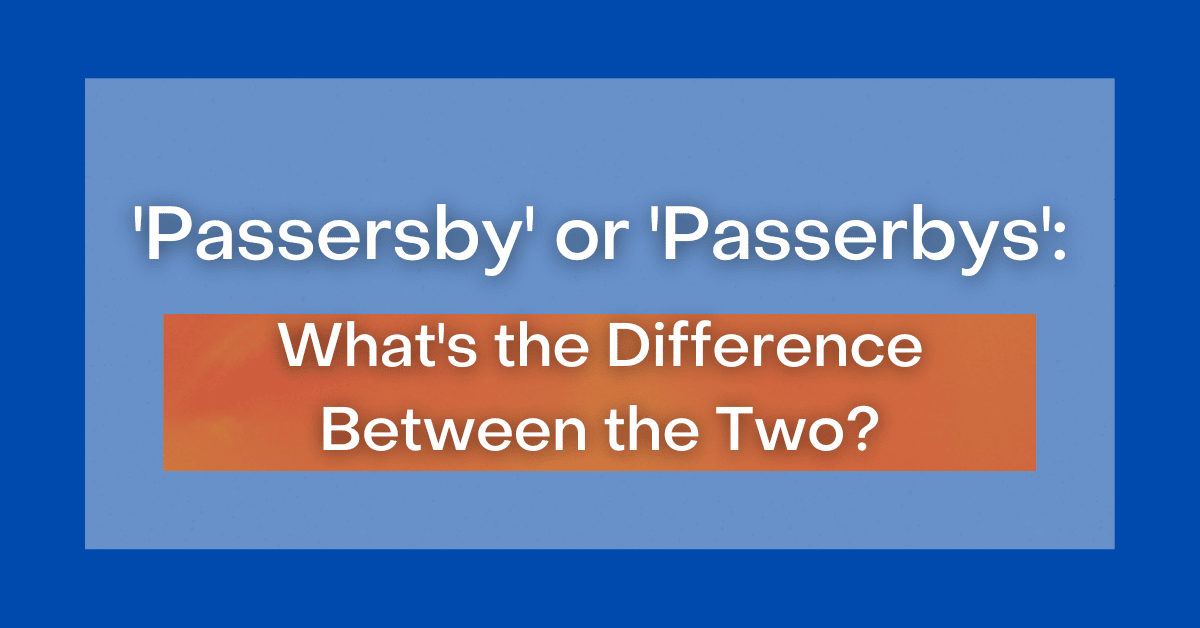A New Perspective on Writing and Reading
Lucy Christopher, a new mother, found herself struggling to return to her writing after the birth of her child. She was constantly juggling the demands of motherhood with the desire to continue her creative work. The challenge wasn’t just about finding time; it was also about maintaining the mental space and confidence needed to write. Could she still be a writer? Would her creativity suffer from the demands of parenthood?
In an effort to reconnect with her craft, Lucy turned to an unconventional method: public installation. She decided to use a glass box as a way to explore and inspire her creative process. This idea was part of a larger initiative called WritersBLOCK / ReadersBLOCK, which took place in Hobart during June. The project was part of the Hobart City Council’s InsideOUT initiative, where art installations were displayed around the city.
The project brought together 11 writers and 30 readers who spent time in glass boxes in a public square. Observers could watch as writers worked and readers engaged with books by Tasmanian authors. This setup turned the participants into creative artefacts, highlighting the human side of the literary industry.
Over the course of the month, more than 30 books were read, and over 30,000 words were written. People stopped to look at the blocks roughly every minute, with about a third stopping for longer to take photos or read the artist’s statements. The project encouraged participants to reflect on what might be blocking their ability to write or read.
Challenges Faced by Authors and Readers
The average Australian author earns just A$18,200 per year from their writing, which is well below the poverty line. According to the 2022 National Survey of Australian Book Authors, writers typically spend only half their working time producing original work. Even when they do write, only 6% of authors reported no competing demands for their writing time.
Writing a book requires significant time and effort. At a rate of 300 words per hour, it would take 267 hours to produce a first draft of an 80,000-word novel. However, the process is often accompanied by self-doubt, insecurity, and even panic.
Many writers participating in the project cited family commitments as a major barrier. Ben Walter, author of What Fear Was, noted that family responsibilities alongside other work and commitments make it difficult to focus on writing, especially when there’s little hope of financial reward. Similarly, Liz Evans, author of Catherine Wheel, highlighted that as a writer working from home, she often shoulders household duties, which significantly impacts her ability to write.
Readers, too, face their own challenges. Despite Australia’s relatively high literacy rates, reading habits are declining. Over 25% of Australians had not read or listened to a book in the previous year, according to the National Reading Survey conducted by Australia Reads in 2021. Additionally, only 64% of Australians purchased a book in 2023, which is lower than most countries surveyed by the European and International Book Federation.
The Power of Public Space
The WritersBLOCK / ReadersBLOCK project aimed to explore how the public environment affects the creative process. The glass boxes served as a representation of the isolation and exposure inherent in writing. There were echoes of musician PJ Harvey, who recorded an album in a glass box in 2015 to showcase the aesthetic production process.
One participant, Cameron Hindrum, author of Blue Cathedral, described the experience as being in a “little set, with props,” where he played the role of “The Writer.” The project also included readers, such as Fergus Edwards, who read Adam Ouston’s Waypoints in the block and finished it in two hours—significantly faster than his usual pace in an open-plan workspace.
The presence of both writers and readers in the glass boxes allowed passers-by to witness the human side of the creative act. It reminded them that art is the result of time, care, and labour. One observer reflected on how the exhibit made them reconsider why people don’t read more.
Reconnecting with Reading and Writing
Participants in the project found it valuable. After 25 days of two-hour sessions, Lucy Christopher produced the first draft of a new picture book, replotted her work-in-progress, and wrote 16,000 words of her novel. Another participant, Kate Kruimink, winner of the Tasmanian Premier’s Prize for fiction, was amazed by her productivity, writing 3,000 words in two hours.
For readers, the experience was equally transformative. One participant mentioned that the project validated the activity and led them to discover a book they had longed to read but never found the time for. Another noted that after two years without reading or writing, they opened a book in the block and were inspired to purchase it and finish it.
The success of the project may be attributed to the accountability that comes with writing in a public space. With people watching, participants couldn’t afford to sit idle. For readers, the absence of distractions like office chatter and email alerts made it easier to immerse themselves in a book.
Humanising the Creative Process
The visibility of writers in the next block reminded observers that a book is not just a product but the result of someone’s time and effort. By humanising reading and writing, the project highlighted the importance of stories and the value of taking time to slow down and enjoy them.
Lucy Christopher received funding from Hobart City Council for this InsideOUT project. Fergus Edwards has no conflicts of interest related to this article and has disclosed no relevant affiliations beyond his academic appointment.







